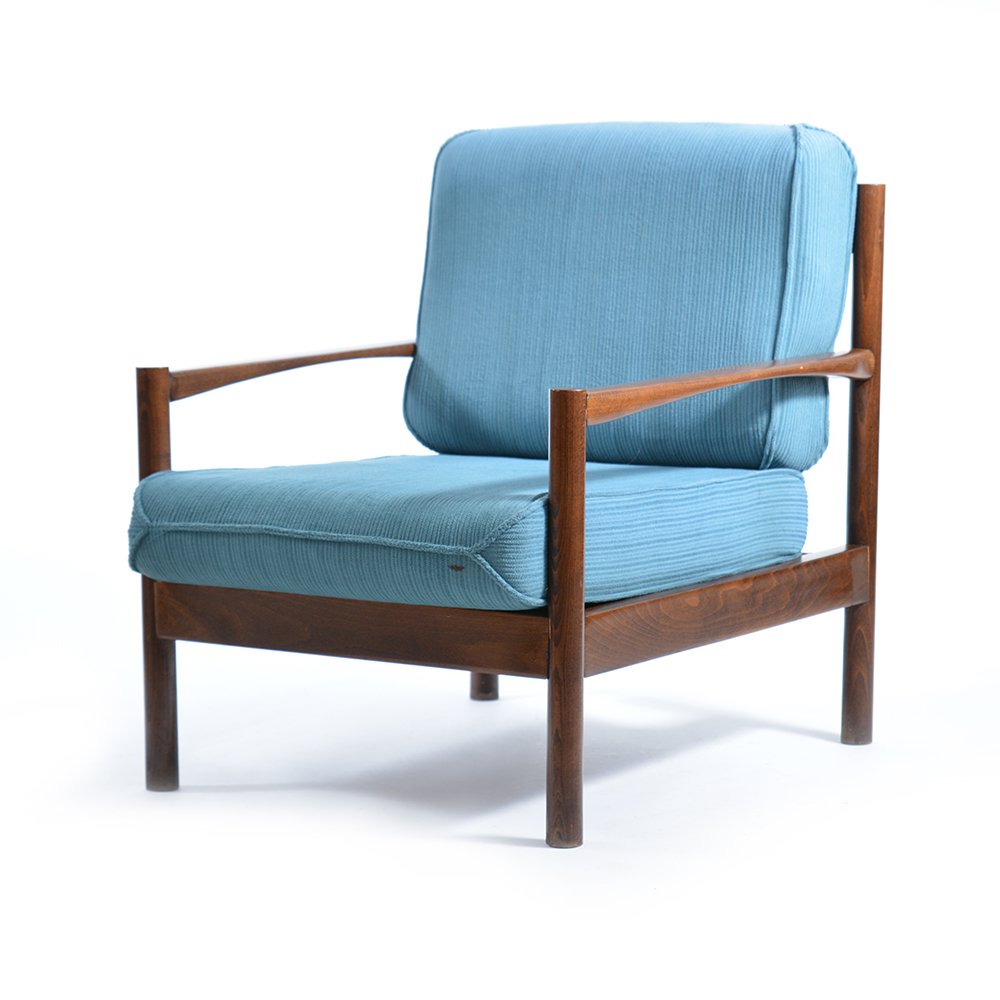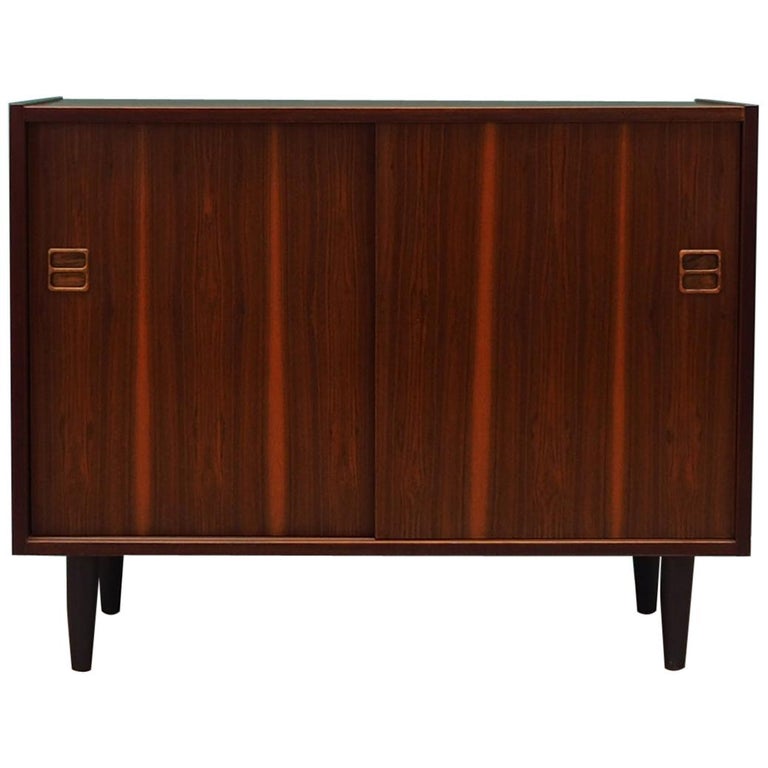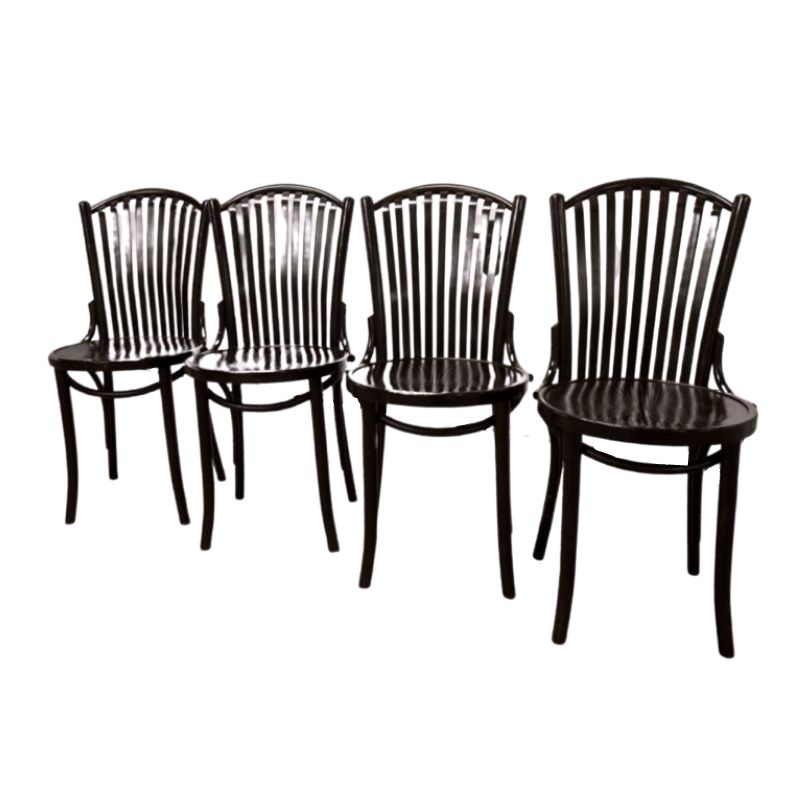Technical question:
I would also express my appreciation for the depth of knowledge and the historical expertise that has been displayed in this thread - my question that I would like to get a note on is: on a rather old and very shabby looking LC3 (three seater) that I just purchased, I spotted black rubber suspensions in between the steal frame. The frame is not chrome but black painted - most of the paint is worn off and the untreated metal underneath is showing through. The inside of the cushions are down filling in decent shape. What are the chances that I am looking at an old original? I am based in NYC, just in case anybody cares about that fact. Thanks so much for any ideas or suggestions.
LC 3 turned into a sofa.
When Heidi Weber of Zurich (the only producer directly licensed by Le Corbusier) told Le Corbusier that a client had requested a sofa based on his Grand Confort models (LC2, LC3). Le Corbusier was disturbed. He made Heidi Weber promise that she would never ever allow anyone to destroy his models by transforming them into sofas.He reminded her that his reason for designing these four particular models was to demonstrate the idea that the chair was piece of equipment. a simple tool, (object-type) invented by men to enable the individual person to assume and to maintain a comfortable sitting position suitable for work and for relaxation. Le Corbusier had sketched various sitting positions, then identified traditional models of chairs that had been designed for each position and "re-invented these traditional models to make them simpler and more efficient. In other words, he eliminated all those features and elements in the traditional model that were not absolutely necessary from a structural or functional point of view. The four models of Le Corbusier are extraordinary in that no element can be added or removed without ruining the model. This is the source of their beauty. Le Corbusier made no secret of the fact that he considered the sofa was a useless middle class social invention that had no relationship to the physical or anatomical needs of the individual. Consequently, the addition of the sofa to his furniture destroyed the message he wished to convey. Consequently, when Heidi Weber gave a sublicense to Cassina to produce the models she felt obliged to prohibit the addition of the sofas to the Corbu collection. Indeed, it would be an act of commercial dishonesty to put the signature of Le Corbusier on what he had prohibited. Nevertheless Cassina began to secretly produce the sofas in 1978 and it wasn't until 1987 that the sofas were included in a license agreement. Consequently, there are no early models of the Corbu sofas.
I would hope that your...
I would hope that your statement that "classic designs are being used to fund organized crime" is not shared by design addict community because it is complete nonsense with absolutely no basis in fact. All of this business of gratuitously associating the reproduction of the classics with criminal gangs, piracy and the mafia is obviously aimed at criminalizing what is completely legal in an attempt to discredit and damage the reputation of a great number of legitimate companies who are in no way guilty of any crime but are simply exercising their legal right to produce and sell what is in public dominion. Consequently, such statements of a defamatory nature could be considered as being "libelous per se".
I have read everything that you have written and I have carefully studied the OECD report. Although this report can be found on the Internet, it is subject to copyright protection and cannot be reproduced without written permission, which I assume you requested but I wouldn't be surprized if you had neglected to do so. However, the reason for this restriction is to prevent the document from being manipulated or misused
Your claim that the OECD report defines furniture copies "as a form of piracy" is simply not true. In fact, in the OECD report "FURNITURE" is not a category included in the "Illustrative List of Products subject to IP Infringement". When you read the report you understand why. The complete absence of the "driving factors" which motivate piracy, which are identified in the report (high unit profitability,large potential market size,genuine brand power) make the illicit reproduction of classic furniture a highly improbable and totally unprofitable form of piracy.
My suspicion is that you placed that report expecting that no on one frequenting the site would take the trouble to read it. You used it to give the false impression that your
opinions were based on this official document and then you felt free to interpret it as you wished.
By the way, long-term copyright protection does not protect the designer. It is used to create a monopoly in the hands of a company and in a monopolistic situation, where capital determines everything, the designer, unable to protect himself from those who he has licensed is the first one not to be paid for his work.
Groundhog day......
Let me make myself clear here. Although I may be impressed with the introduction of paragraphs to your banter, you still seem to be stuck on the same old train of thought.
There are clearly two distict subjects we are talking about here. One is copyright and the other is piracy. No-where do I name legitimate, let alone any, companies who produce replica furniture. Also there is no copyright infringement in posting a link to an online document. Nor do I suggest it's illegal to produce replica furniture of designs that are in the public domain. I think we all understand that part of my discussion.
You need to think laterally about piracy, and that includes acknowledging that materials such as illegally harvested timber, is sometimes used to produce furniture. No-one is saying its illegal to make a copy, I'm saying that there are some crime gangs who thrive from the production and sale of counterfeit designer goods, which can include classic designer furniture. I couldn't be more clear about this and I do believe that most people are able to follow this narrative.
I have a different opinion to you, and it's that simple. The copyright law is going to change in the U.K. and I believe it's a good thing. There are reams of articles about the counterfeit designer goods trade, it's not an imagined phenomena. This is why I always like to know the origin of everything I purchase. I don't buy sweatshop clothes, I don't buy slave labour goods and I don't buy replica designer goods. This is my choice and to suggest that my comments are somehow misleading or libelous is just plain silly.
I will let the reader decide.
P.S. this is my last comment on this thread because It really is off subject and I want the thread to get back to its original purpose.
Anyway Nilo at the end of...
Anyway Nilo at the end of the day you seem to believe as an ex furniture industry person that it is ok to make and sell copies of other peoples work.
Just because the law is weak in the area you mention it does not make it right.
Who cares if Cassina twists the truth to maintain their licence.If you don't like them doing that don't buy their products.
What difference is it with the thousands of multinational companies and their paid lobbyists working government circles for every other self interested issue they can get through.That's in all industries so to say the law is changing due to listening to the likes of Elle is an issue for the country is simply ludicrous.
You mention Australia but many here think the law protecting designs are pathetic.One of our biggest stores here started selling copied furniture designs because he used loopholes in the law as he has actually stated.The owner has been caught in vintage stores here taking measurements with his Chinese factory guys.
I'm told he also buys new designs here and sends them back to China to copy but now sends his family members and uses a different company name for payment to avoid detection.
By your accounts this guy is doing nothing wrong and the original designers have no right to stop him.
Also you mentioned the quality of copies is the same but I can assure you the ones sold here are not even close.I am sure they could be but then they would not be as cheap.
You may be an expert in the intricacies of furniture design protection etc but maybe by delving in so deep for so many years you seemed to have missed the basic point.
Damn this thread has become painful so my apologies to readers.
I am not an expert, but I have seen different pieces of the Corbu LC3 - some are clearly older then others. 1970's would be "early" within my definition. A painted frame, contrary to a chrome one would also be an indication of an older piece. The one in question that I just picked up has down pillows with an italian label inside the cushion. Maybe I can post pictures to get few more hints.
It is never OK to copy the or...
It is never OK to copy the original designs of another person, even if those designs are not patented and it would be legally possible to do so. I believe that a designer whether he is living or dead, should always be credited for his work and if a company manufactures the work of a designer they should do so with his permission or, if he is dead, with the permission of his immediate legitimate heirs. Naturally, and an agreement should be reached regarding payment. I am referring to recent designs and not designs from the beginning of the last century or before.
In all of my interventions on this forum I have focused exclusively upon those famous "classics of modern furniture". models from the distant past which, for various reasons are considered as being historically significant. These models, most of which were commercial products produced in series that were designed before and during the first half of the 20th century by architects and designers all of whom are dead and for the most part without living descendants who can qualify as natural heirs. Since all possible patent registrations have long expired, these models are in the public domain in most countries and can be legally produced by anyone.
If a company decides to sign a formal contract in which it agrees to pay an alleged heir either a flat fee of a royalty to produce models which are in the public domain, the manufacturer would be free to do so in most (but not all) countries . Although such a contract might bind both the manufacturer and the alleged heir to respect the stipulated conditions, that contract can not be used to block other producers from manufacturing the same models because the models are in the public domain.
My complaint is against those companies that use such contracts which are legally questionable (and more often than not completely invalid)to create a monopoly involving products which are clearly in public domain. This monopoly has been used as an excuse to charge the exorbitant prices typical of a monopoly and to justify malicious legal harassment and defamatory activity against competitors. Above all it has been used to give to the manufacturer who waves it in the air, an unmerited official status. Moreover, these companies seem to have a policy of paying, if not nothing at all, as little as possible to the legitimate heirs. If I had the space and you have the interest, I can supply precise examples.
to vntghome
If you post photos I can possibly identify the producer, if it is an Italian producer. Usually, the Italian producers used dacron or a synthetic "wool-like" filler rather than feathers. The only exception would be a series of Grand Confort models by Matrix-Alivar which were imitations of the 1928 prototype and were filled with feathers. This model was based upon a famous photograph and the back cushion was slightly higher than the two arm cushions because that was the way that it appeared in the photo. The frame of this model was usually painted black and the feet were unusual in that they were spherical. This was a very popular model and thousands of pieces were manufacture.
Now the Heidi Weber production between 1959 to 1964 produced the Grand Confort frames painted in black as well as in chrome. Heidi Weber never produced any sofas.Heidi Weber was the first to produce the Grand Confort.Before 1959, no Grand Cnfort mdels were manufactured. The Heidi Weber models contained springs in the seat and horsehair and were filled to highest quality of down. You won't find any of these in a thrift shop.
Nice you have cleared that...
Nice you have cleared that up Nilo.
I would agree with the monopoly status and licence waving but I am unsure about the alternative.People still have a choice to buy an old design and whether they want to pay top dollar.They can always buy licenced used pieces for half to a 3rd the price.
I believe people who are willing to pay for a new licensed product are doing so due to the expectation of following a certain quality and system.Even approval to refining small improvements from the descendants or closest thing to it.Yes I know that can mean cost savings in code.
If it was a free for all then things would be worse than they are now.You may have argued the legalities many years ago with the general higher quality copies from Italy if there were such a thing.
In recent years with internet and the flooding of the market from Chinese copies I thing I would rather have Knoll flag waving and twisting the truth than see this cheap rubbish being pumped out.
Also before the likes of Matt Blatt selling Chinese copies here in a big way we still had other stores selling copies.
Not sure today but at least 8 years back King Furniture was selling Barcelona Chair and daybeds and Eames Lounge Chair Copies.The issue is although a genuine Eames Lounge Chair and Stool from Herman Miller was $6500 retail at the time,King was selling them for $5500.I can't remember what they called it or if it had Eames on the label.In the media some people were gutted to find out they paid so much and did not realise it was a copy.
I guess my point is that licence or no licence stores will always sell an item for as much as they can get away with.In effect the people were gutted not just because they paid 5500 for a copy but because for a bit more they would have bought the original had they known.
My support would be on the company who has or tries to maintain an original design and licence and uses their knowledge and considerable expense to protect that investment. In turn they are protecting their customers who invested their hard earned in what they consider a legitimately produced product.
I know all business is about profit to operate but you see what I mean.
If you need any help, please contact us at – info@designaddict.com









